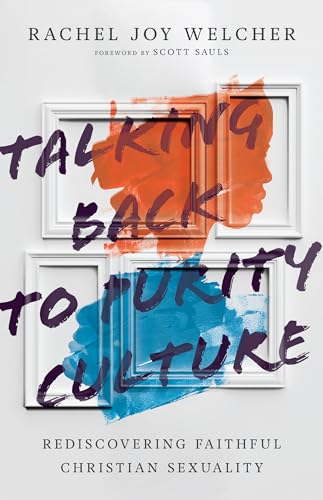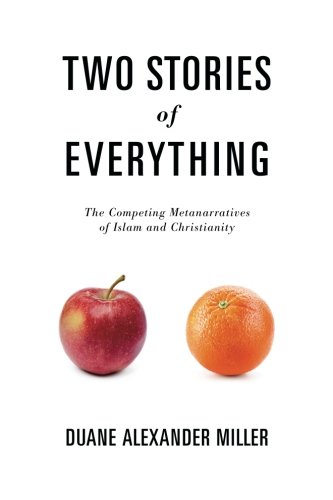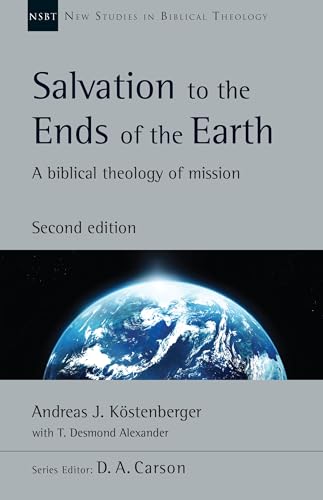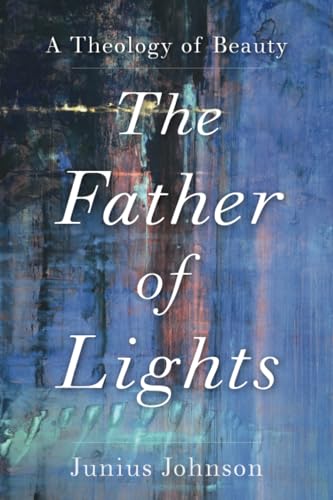An Impossible Marriage: What Our Mixed-Orientation Marriage Has Taught Us about Love and the Gospel
Written by Laurie Krieg and Matt Krieg Reviewed By Sam WanIf you’re looking for a book about the “nuts and bolts” of marriage between two people with different sexual orientations, this is not it. You will not find a how-to-guide or a romantic meta-narrative with an awaiting sunset. The Kriegs’ seemingly impossible marriage is more than the inconceivable union between a straight husband and a woman who experiences attraction to other women. Though the context is a mix-orientation marriage, An Impossible Marriage is in fact a parable, because Laurie and Matt’s life is a parable for a world desiring intimacy and oneness. David Hansen has described a parable as “a story meant to create a comparison between a known thing and an unknown thing, the purpose being to illuminate the unknown thing so as to bring something new, unforeseen and surprising to the hearer” (The Art of Pastoring: Ministry Without All the Answers [Downers Grove, IL: InterVarsity Press, 2012], 26). The story of the Kriegs’ journey of seeking oneness and union in their marriage illuminates something old and mysterious that in our over-romanticized and over-sexualized landscape has been kept “unforeseen and surprising” for Christians and unbelievers alike.
What the Kriegs have written in parable form is in fact a well-crafted piece of practical theology. In the discipline of practical theology, a particular practice in a particular context is first analyzed and the undergirding theology explored; then this theology is assessed, affirmed, critiqued or transformed in light of Scripture and other relevant disciplines; finally, the theology is returned to a context to “enable faithful practices” (John Swinton and Harriet Mowat, Practical Theology and Qualitative Research [London: SCM, 2006], 10). Marriage is the practice under scrutiny and the Kriegs’ union is the context for this inquiry. Each chapter navigates the theological and cultural assumptions that underpin marriage, and through the intertwining of three voices (Matt’s, Laurie’s, and God’s) these assumptions are assessed, critiqued and transformed. This approach is much needed because it examines our theology and practice of marriage through a “non-normative” lens. For example, the book relates how sex between Matt and Laurie became difficult and traumatic because of a mixture of retriggered abuse, sexual orientation issues, and porn addiction. When sex is temporarily taken off the table for the Kriegs, deeply engrained cultural assumptions about marriage begins to be revealed.
Each chapter critiques a particular unbiblical assumption about marriage, and then applies Scripture and evangelical theology to it. Chapter 1 critiques the idea that sex is a need. “Sex is not a need,” writes Matt, “even in marriage. Sex is a fruit. It is a gift for covenanted couples. It is a gospel metaphor within the gospel metaphor of marriage. It is something to be used to worship God, not to be demanded” (p. 28).
True vulnerability and intimacy are explored in chapter 2—not only between husband and wife, but also with God. To be vulnerable to Jesus is to allow him to be Lord over every aspect of life. As Laurie writes, “Having a sexual orientation that did not naturally draw me to Matt did not let me off the hook. Just because I had been assaulted did not mean I had the right to wander” (p. 30). Chapter 3 pries open how past patterns of idolatry, trauma, and sin impact current relationships. For Laurie, even though many of her idols (like perfectionism and people pleasing) “were church acceptable … they were still idols” (p. 51).
Chapter 4 explores the teleology of marriage and how unbiblical goals make the parable of marriage murky. The assumption that sex or service is a commodity to be exchanged for core needs—e.g., husbands exchanging service in the house for sex in the bedroom (p. 66) or wives exchanging emotional bonding for sex (p. 80)—reveals idolatrous thinking. Likewise, “slapping a prayer on sexual intimacy doesn’t magically transform it into the gospel metaphor” (p. 89).
True “oneness” and unity in marriage is explored in chapter 5. The Kriegs stress that “oneness is not a euphemism for sex. Oneness is Holy Spirit-fueled unity in all of the areas of relating” (p. 92). Consequently, sex is not the only path to oneness. “Walking can lead to oneness. So can co-teaching on the stage, podcasting together, serving others, and raising kids side by side” (p. 92)
As each aspect of Matt and Laurie’s life is readdressed with Scripture and theology, healing begins to occur and the point of the parable becomes increasingly clear: “Married and single gardeners have the same goal: Remove the weeds and cultivate the fruit-bearing seeds so that the Holy Spirit’s rain can flow through healthy gardens, insert good nutrients, and produce fruit that tumbles down your mountain to serve and feed the body of Christ” (pp. 87–88).
Chapters 6–9 give insights into the process of walking through trauma—both in therapy and in prayer, and of redeeming toxic sexual shame. The ways that community and friendships can be used by God to (re)build marriages is explored in chapter 8. The final two chapters reconstruct and reconnect sex, sacrifice, and their potential to be a parable for the gospel and the marriage between Christ and the Church. “Having sex with Matt was not God’s primary goal for my life. God’s primary goal for me and for the church is to be one with us—and that that oneness tells the world of his love” (p. 163)
Ultimately, then, the Kriegs’ seemingly impossible marriage is a parable of “Christ and the Church” (Eph 5:32). The particularities that the authors unearth are characteristics that make all marriages seemingly impossible (p. 9). They suggest that “our marriage problems are not really marriage problems. They are heart problems. They are God problems. Our lack of intimacy with God creates a void that we try to fill with frail substitutes, like wealth, pleasure, fame, respect, people—or marriage” (p. 71). Therefore, in reality, An Impossible Marriage is a book for all people regardless of their marital status. It is a glimpse of the seeming impossibility of divine and human union – the impossible marriage between God and his broken, sinful, idolatrous and beloved people.
Because the book is narrated through the two distinct voices of Matt and Laurie, at times I yearned for a co-written voice that summarized the lessons they had learnt together. Yet, on reflection, the form itself challenged the (preconceived) notion that marriage is a totalizing of oneness. Two distinct voices with different pasts, baggage, processing methods and faith striving for oneness, allowing dialogue, interweaving their lives while respecting individual distinctions communicated a richer and even greater oneness. That is, the form itself helpfully represents the nature of Christian unity in diversity.
When you open this book, prepare to take off your shoes, because you are being given access into intimate, sacred space. To use Matt and Laurie’s metaphor, we are being invited to step onto soft soil of the Kriegs’ private holy garden where the work of God in planting, growing and harvesting is still continuing. By reading their account of this work, we are drawn into practical theological reflection and helped to engage in practical theological reflection upon our own lives.
Sam Wan
Sam Wan
Robert Menzies College
North Ryde, New South Wales, Australia
Other Articles in this Issue
Exclusion from the People of God: An Examination of Paul’s Use of the Old Testament in 1 Corinthians 5
by Jeremy Kimble1 Corinthians 5:1–13 serves as a key text when speaking about the topic of church discipline...
Is it possible to speak of a real separation between Jewish and Christian communities in the first two centuries of the Christian era? A major strand of scholarship denies the tenability of the traditional Parting of Ways position, which has argued for a separation between Christians and Jews at some point in the second century...
A Tale of Two Stories: Amos Yong’s Mission after Pentecost and T’ien Ju-K’ang’s Peaks of Faith
by Robert P. MenziesThis article contrasts two books on missiology: Amos Yong’s Mission after Pentecost and T’ien Ju-K’ang’s Peaks of Faith...







